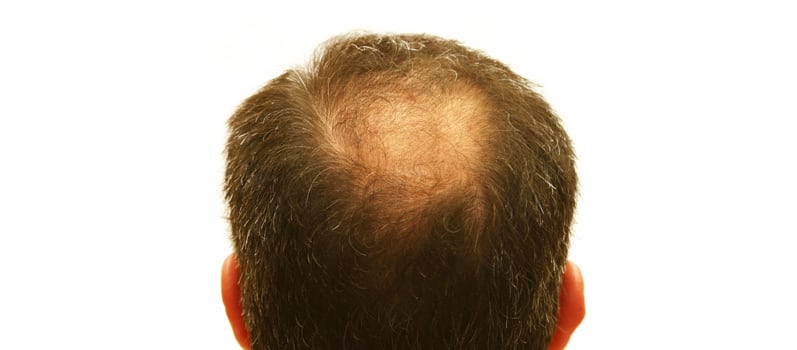
Managing Hair Loss
Hair loss is also known as alopecia, and can affect anyone of any age. It can be the result of poor nutrition, injuries, sicknesses, genetics, and hormonal shifts.
Understanding Hair Growth
Hair grows at a rate of one centimeter a month. Ninety percent of hair on your head is growing, while the other 10 percent is in a resting phase. At the end of the resting phase, that hair is shed and new hair grows in its place. When you begin noticing that you are shedding more hair than usual, you may want to explore options that help you to grow more hair on your scalp.
Underlying Cause
Start by talking to your doctor about treating the cause of hair loss, if possible. Hair loss can be caused by hormonal imbalance, illness, stress, or certain medications. If this is the case, your hair growth should return to normal if you take hormone supplements, treat your illness, reduce your stress, or switch to medications that do not cause hair loss.
Medications
• Minoxidil is medication that is available without a prescription and is a liquid or foam that you rub onto balding areas twice a day. It may take up to six months to see results and you will need to continue using the medication if you want your hair to keep growing.
• If hair loss is genetic or the result of aging, finasteride may work best. This medication is a pill prescribed for men only that works by stopping the hormone that shrinks hair follicles.
• Cortisone injections can help to regrow hair, and hair transplants and scalp reductions can minimize baldness or thinning areas.
Home Remedies
You can give your hair the illusion of thickness by cleansing with a protein shampoo. These cleansers add volume. You can also consider dying your hair a light color to mask thinning areas, or wear a hairpiece to hide your hair loss. Avoid putting unnecessary stress on your hair, especially if you are trying to encourage growth. Some hairstyles, such as tight ponytails, can put unnecessary stress on hair and cause it to break. Excessive bleaching, coloring, and straightening of hair can also inhibit growth.
Talk to your doctor if you experience sudden and patchy hair loss, or more hair loss than usual. These symptoms may be the sign of a medical condition.









